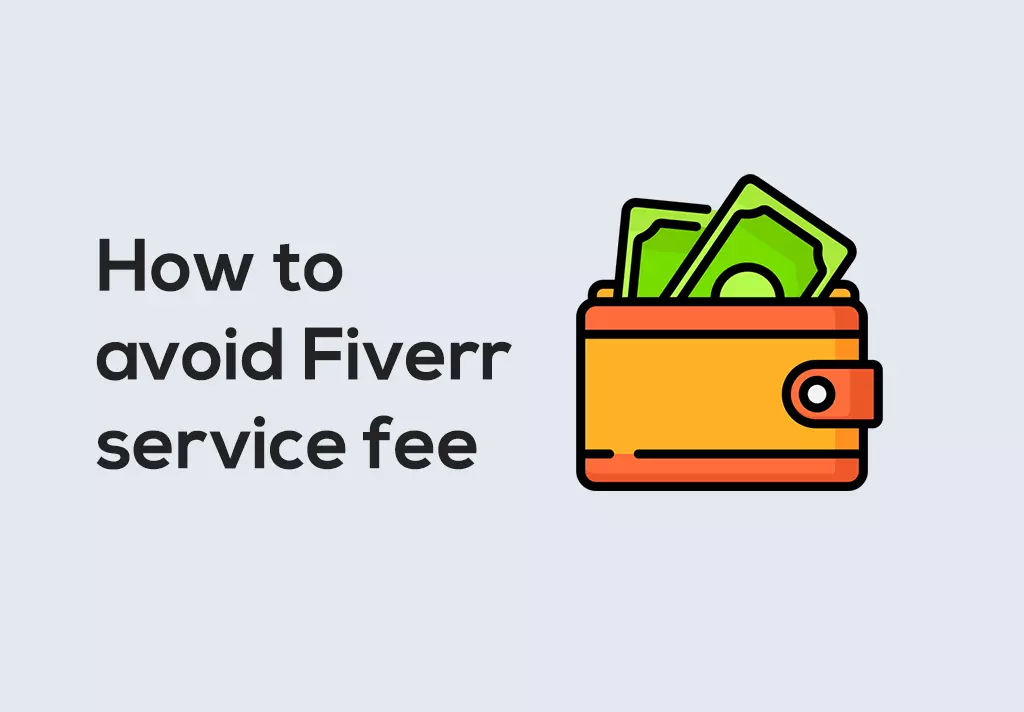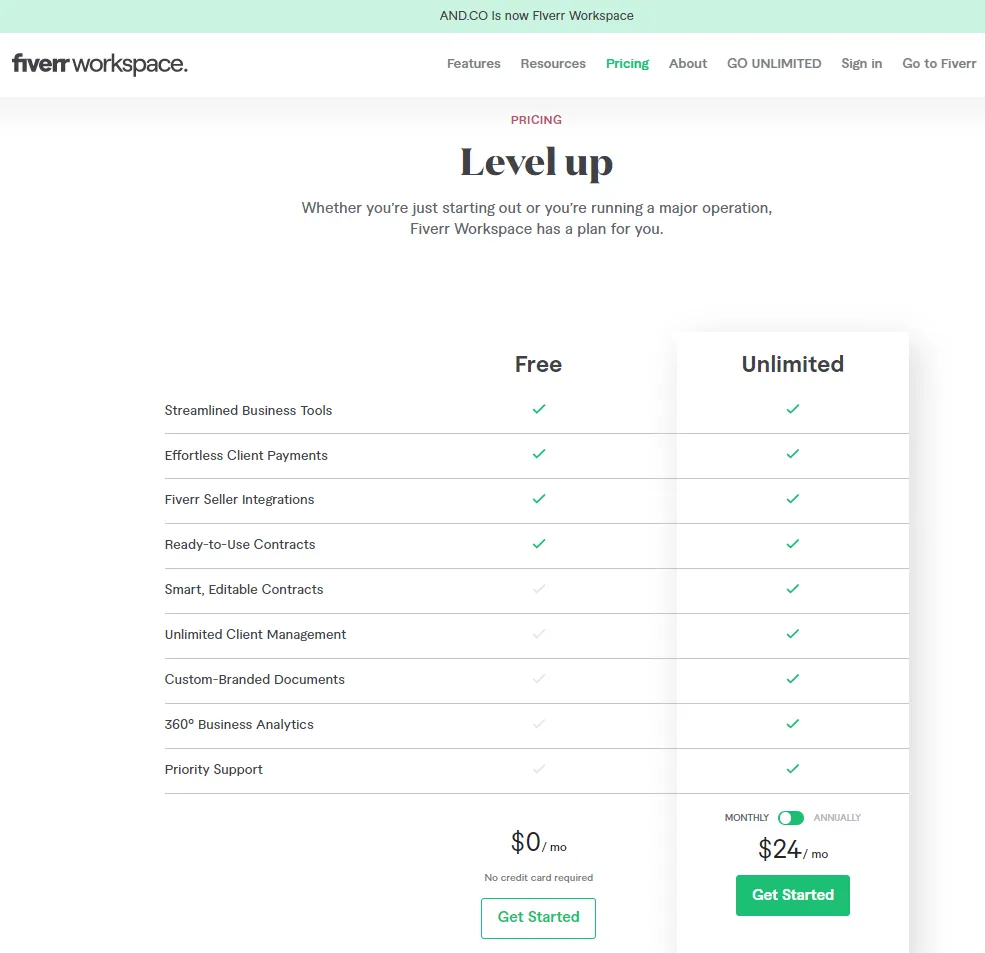Fiverr is a popular online marketplace that connects freelancers with clients seeking various services. Founded in 2010, Fiverr has cultivated an extensive platform where people can offer their skills in countless fields, ranging from graphic design and writing to programming and digital marketing. The idea is quite simple: sellers list their services, called "gigs," at various price points starting as low as $5, while buyers browse, purchase, and provide feedback on these gigs.
What sets Fiverr apart from other freelance platforms is its straightforward approach. Users not only benefit from a wide selection of services, but they also appreciate the ease of navigating the platform. Sellers can showcase their portfolios and reviews, making it easier for buyers to find the right match for their project needs. With millions of users globally, Fiverr is a thriving ecosystem that promotes creativity and entrepreneurship.
While Fiverr began with a $5 pricing scheme, it has since evolved to offer all sorts of pricing tiers. This flexibility allows freelancers to set rates that accurately reflect their expertise and the complexity of tasks. In essence, Fiverr provides a versatile space for freelancers to earn a living while helping clients find the services they need, all while ensuring a user-friendly experience.
Understanding Fiverr's Pricing Structure

When it comes to using Fiverr, understanding the pricing structure is crucial. It’s not just about the gig price you see; there's much more happening behind the scenes. Here’s a rundown of how Fiverr’s pricing framework works:
- Gig Pricing: Freelancers set their prices based on the value they offer. While the platform started with an entry-level price of $5, gigs can range from as low as $5 to several hundred dollars or more, depending on the complexity and scope of the service.
- Service Tiers: Many sellers offer packages at different price points: Basic, Standard, and Premium. This tiered approach allows clients to choose the level of service that best fits their budget and needs. For instance:
| Service Tier | Price Range | Included Features |
|---|---|---|
| Basic | $5 - $25 | Basic service, quick turnaround |
| Standard | $30 - $100 | More features, more time spent |
| Premium | $150+ | Comprehensive service, personalized attention |
Fiverr Service Fee: In addition to the cost of the gigs themselves, Fiverr adds a service fee to each transaction. This fee typically ranges from 5% to 20% of the total order price, depending on the order amount. For example, a $100 gig might incur a $5 service fee, while a $5 gig would involve a $1 fee.
Understanding these elements helps both buyers and sellers maximize their experience on the platform. Being aware of the service fees ensures you can budget accordingly, whether you’re hiring a freelancer or listing your gig. In essence, knowing how Fiverr's pricing structure works can lead to smoother transactions and satisfaction for both parties involved.
Also Read This: Best 10 Fiverr Gigs for Financial Planning in 2024
Detailing the Fiverr Service Fee

If you're diving into the world of Fiverr, it's essential to understand the service fees involved. When you create or purchase a gig on Fiverr, you might notice that the final amount you pay or receive isn't exactly what you see on the price tag. So, what's going on here? Let's break it down!
Fiverr typically charges a flat service fee for each transaction. Here’s how it works:
- Buyer Fees: When a buyer makes a purchase, Fiverr adds a fee to the cost of the gig. This fee is usually $2 for gigs priced under $40, and it’s 5% for any gig priced above $40. So, if you buy a gig for $50, you would pay $52.50 in total.
- Seller Fees: As a seller, you'll also notice a deduction from your earnings. Fiverr takes a 20% commission on every order you complete. This means that if you set your gig price at $100, you'll actually receive $80 after Fiverr takes its cut.
Some might argue that these fees can feel steep at times, especially when you’re just starting out. However, many sellers believe that the ease of use and vast marketplace Fiverr provides is worth the service fee. It saves you time and effort in finding clients, and you get access to buyer protection which adds an extra layer of security.
Also Read This: Can a Customer Make a Custom Offer on Fiverr?
How Fiverr Service Fees Are Calculated

Now that we've got a grip on what the Fiverr service fees are, let's look at how they actually get calculated. It might seem straightforward, but there are a few nuances to pay attention to.
Essentially, the Fiverr service fee structure is designed to be simple:
| Gig Price | Service Fee (Buyer) | Seller Earnings | Fiverr Commission (Seller) |
|---|---|---|---|
| $10 | $2 | $8 | 20% |
| $30 | $2 | $24 | 20% |
| $50 | $2.50 | $40 | 20% |
| $100 | $5 | $80 | 20% |
As you can see from the table, the buyer's fee increases depending on the gig price, but always adheres to the structure mentioned earlier. Sellers should also keep in mind that the commission does not vary, meaning you can predict your earnings based on the price you set for your services.
So, the next time you create a gig or purchase one on Fiverr, you’ll have a clearer understanding of how those service fees are working behind the scenes! It’s all part of keeping the platform running smoothly for both buyers and sellers.
Also Read This: How to Write Articles on Fiverr
5. Impact of Service Fees on Sellers and Buyers
Understanding the impact of service fees on both sellers and buyers is crucial for anyone using Fiverr. These fees can shape the overall experience and satisfaction of all parties involved in a transaction.
For sellers, Fiverr's service fees reduce their take-home pay. When a buyer pays for a service, Fiverr takes a percentage, typically around 20%. This means that if a seller offers a gig for $100, they will only receive about $80 after the fee. This can lead sellers to adjust their pricing strategies. Here are some common impacts:
- Pricing Adjustments: Sellers might increase their gig prices to maintain their desired income, which can affect competitiveness.
- Perceived Value: Higher service fees can lead sellers to feel undervalued, leading to potential dissatisfaction with the platform.
- Revenue Planning: Knowing that Fiverr takes a cut, sellers have to plan their revenue and business strategies accordingly, which may necessitate taking on more gigs.
On the other hand, the impact on buyers includes added costs. Fiverr also charges buyers a service fee, usually a flat rate or a percentage of the gig’s cost, which can sometimes lead to confusion:
- Final Price Shock: Buyers might feel surprised when they see the final amount at checkout, as it’s often higher than the gig price.
- Value for Money: Some buyers might feel that the service fees affect the perceived value of the service they are purchasing.
- Budget Planning: Buyers may need to consider service fees when planning their budgets for projects.
Both sellers and buyers need to weigh the benefits of using Fiverr against these service fees to determine if the platform suits their needs.
Also Read This: Getting Started as a Marketing Freelancer
6. Comparison with Other Freelance Platforms
When it comes to freelance platforms, Fiverr is often compared with others like Upwork, Freelancer, and 99designs. Each platform has its own distinct fee structures, which can significantly impact both sellers and buyers. Here's a closer look:
| Platform | Service Fee for Sellers | Service Fee for Buyers | Notes |
|---|---|---|---|
| Fiverr | 20% on all orders | Variable, typically around 5%-20% | Fixed-price gigs |
| Upwork | 20% for the first $500, sliding scale to 5% for over $10,000 | None, but service fees incorporated into the pricing | Hourly or fixed-price projects |
| Freelancer | 10%-20% depending on membership level | 3% processing fee on projects | Bidding system |
| 99designs | 5%-15% based on project fees | 3% processing fee on projects | Focus on design services |
As you can see, Fiverr's service fees tend to be more straightforward but higher compared to Upwork, which has a tiered structure. Meanwhile, platforms like Freelancer and 99designs offer various models that might seem attractive but come with their nuances. Choosing the right platform often boils down to personal preference and the specific needs of your project. Always calculate the complete cost before diving in!
Also Read This: How Much Freelance Web Developers Charge and Make
7. Tips for Managing Fiverr Service Fees
Understanding and managing Fiverr’s service fees can be crucial for both buyers and sellers. Here are some handy tips to help you navigate those fees effectively:
- Factor in Fees When Setting Prices: If you’re a seller, don’t let Fiverr’s fees catch you off guard. Calculate the service fee when deciding your prices so you don’t end up with less than you anticipated. For instance, if you want to earn $100, consider pricing your Gig higher to accommodate the service fee.
- Look for Gig Extras: Sometimes, the best value comes from Gigs that offer extras. These additional services can enhance your project and often come at a lower fee proportionately. So, check carefully before committing to a Gig with the basic offer only.
- Choose the Right Packages: Many sellers provide multiple packages—Basic, Standard, and Premium. If the Premium package seems too pricey due to the service fee, compare the features. Sometimes, the slight increase in cost might be worth it for better quality or additional services.
- Leverage Fiverr’s Promotions: Keep an eye out for discounts or promotional events that can help reduce costs. Fiverr occasionally offers promotional codes that can lessen the impact of service fees.
- Provide Detailed Instructions: As a buyer, providing clear instructions can minimize revisions and potential additional fees, creating a smoother transaction that keeps costs predictable.
By being proactive and informed, you can manage Fiverr’s service fees to your advantage, ensuring that you maximize your value on the platform.
8. Conclusion: Navigating Fiverr’s Service Fees Effectively
In conclusion, Fiverr's service fees can initially seem daunting, but with a little understanding and strategy, they don't have to derail your plans. Being aware of how Fiverr’s fee structure works can help you avoid unpleasant surprises. Here’s a quick recap of key points:
| Key Points | Advice |
|---|---|
| Understand Fee Structure | Familiarize yourself with how the fees are calculated—this knowledge is power! |
| Set Clear Prices | Sellers should include service fees in their pricing strategy to prevent profit loss. |
| Explore Package Options | Choose Gigs that offer multiple packages to find the best value, factoring in fees. |
| Utilize Promotions | Take advantage of Fiverr promotions or discounts to save on costs. |
| Clear Communication | Buyers should maintain clear communication to avoid extra costs for revisions. |
By applying these tips, you can effectively navigate Fiverr’s service fees, whether you’re a buyer seeking value or a seller looking to maximize your earnings. Embrace the platform's opportunities while remaining mindful of its costs—this balanced approach is the key to successful freelance endeavors on Fiverr.



